
Your free ultimate nutrition and training guide
Whether you're bulking or shredding, training from home or hitting the gym our Ultimate Training & Nutrition Guide is what YOU need! With everything you need to know, including full meal and training programs for all levels, it's your one stop shop to getting JACKED!
Fill in your email below to download your free nutrition and training guide:
Here's What You Get
Whether you're bulking or shredding we've got everything you'll need to get jacked! Grab your training, nutrition, supplements guide and more in a single FREE download!
-
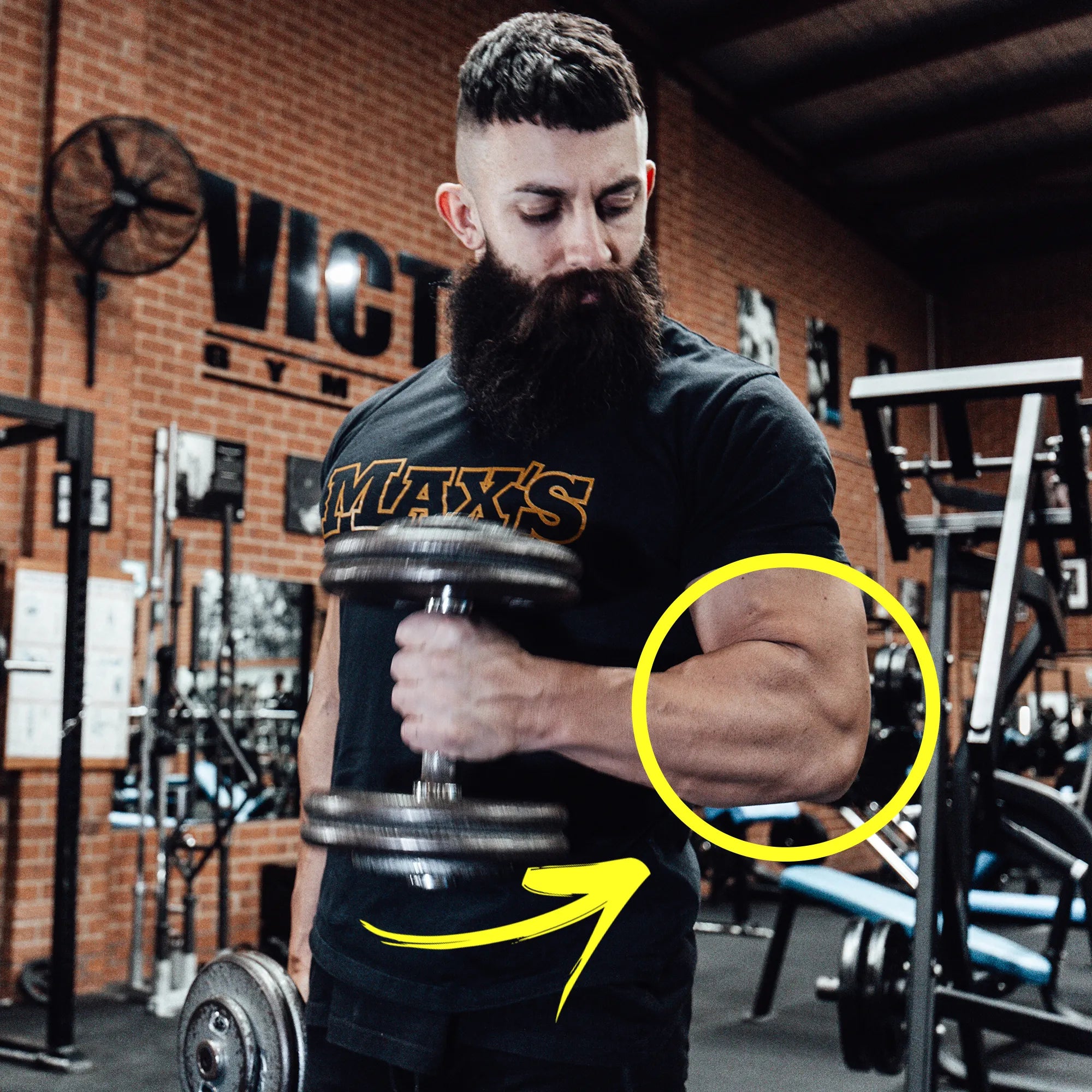
Tips, Tricks and More
Expert tips, secrets and more from the Team MAX'S Athletes on how they stay in shape.
-
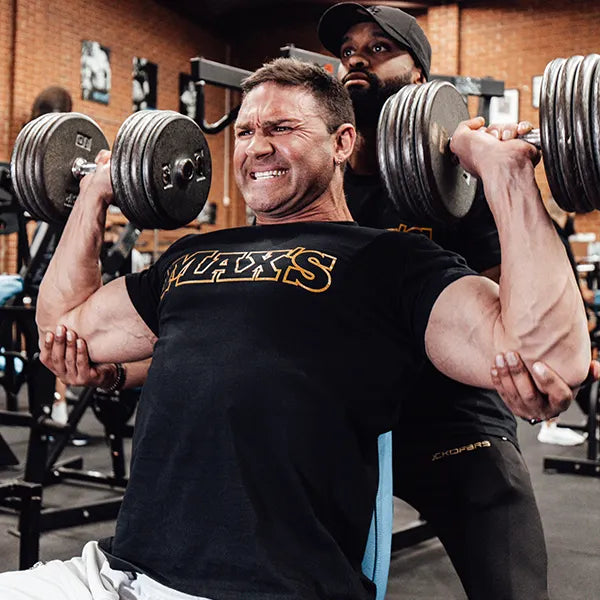
Free Training Plan
Full 7 day Training Program designed by the Team MAX'S Pro Athletes.
-
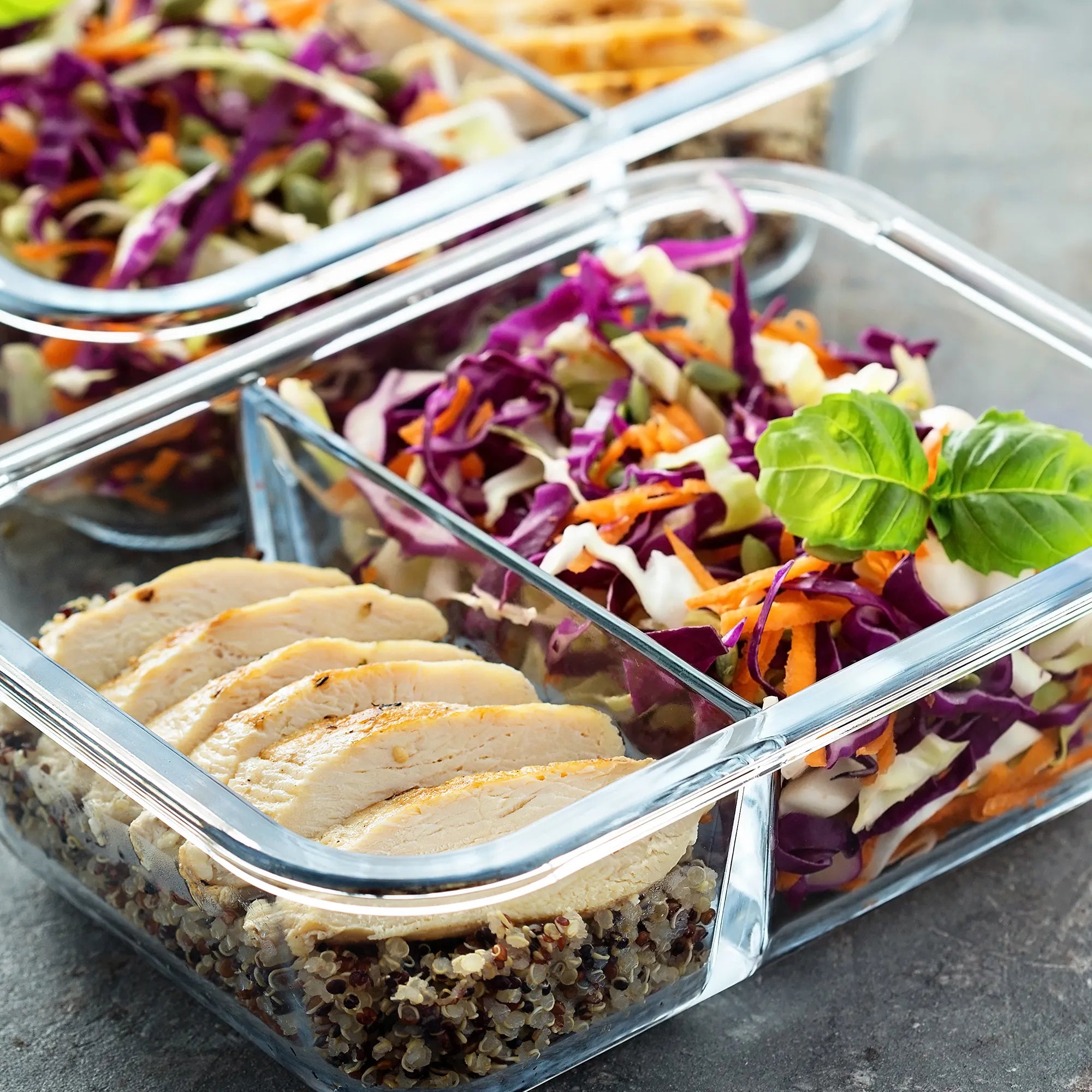
Free Nutrition Plan
Know what to eat and when to eat it and how much you need to reach your training goals.
-

Supplement Guide
Find out what supplements our Pro Athletes take, when they take them and what works best.
-

Home Workouts
No gym? No problem! We've included both gym and home workout plans for you.
-
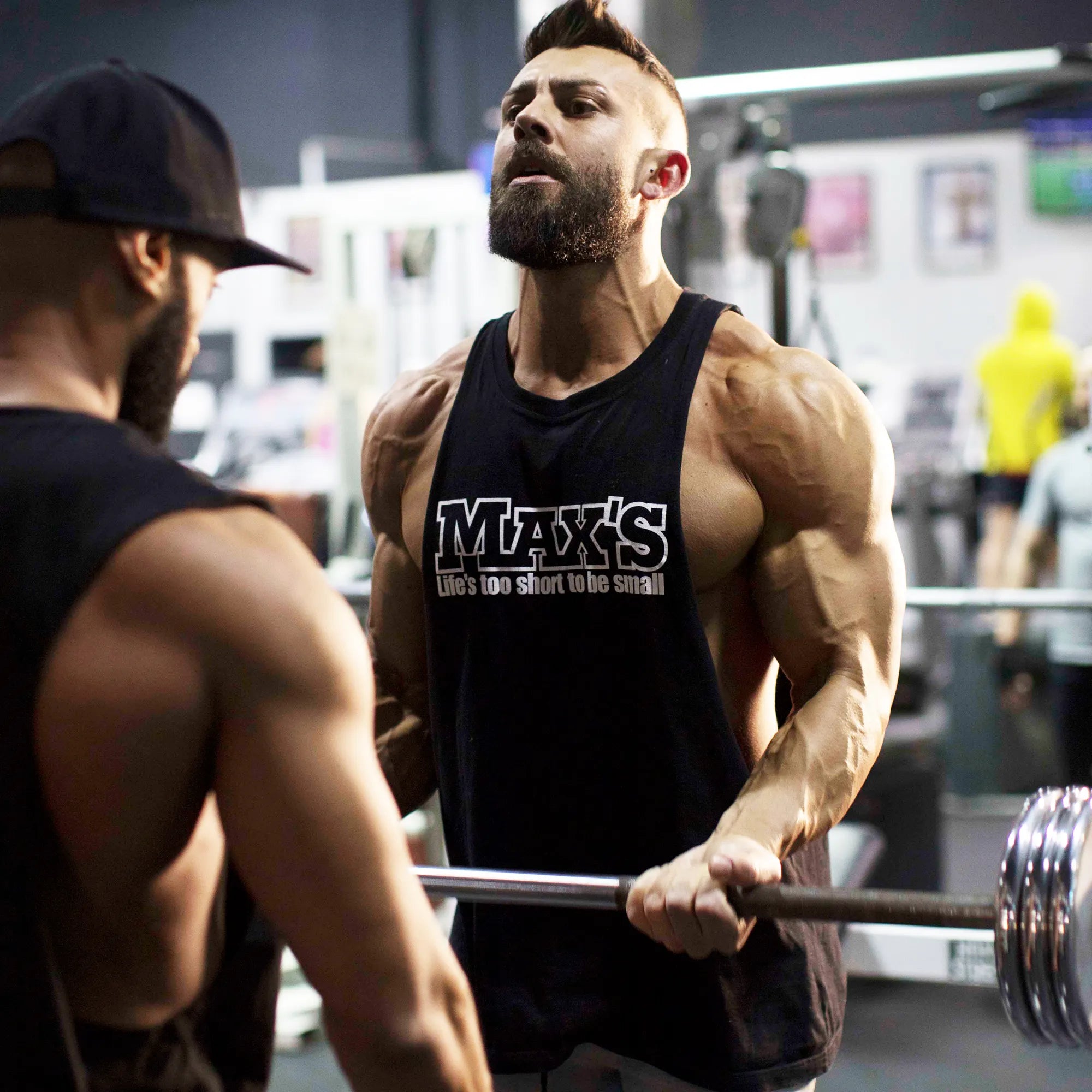
Free Shred Guide
Training to get diced like our athletes? We show you exactly how they do it!
-
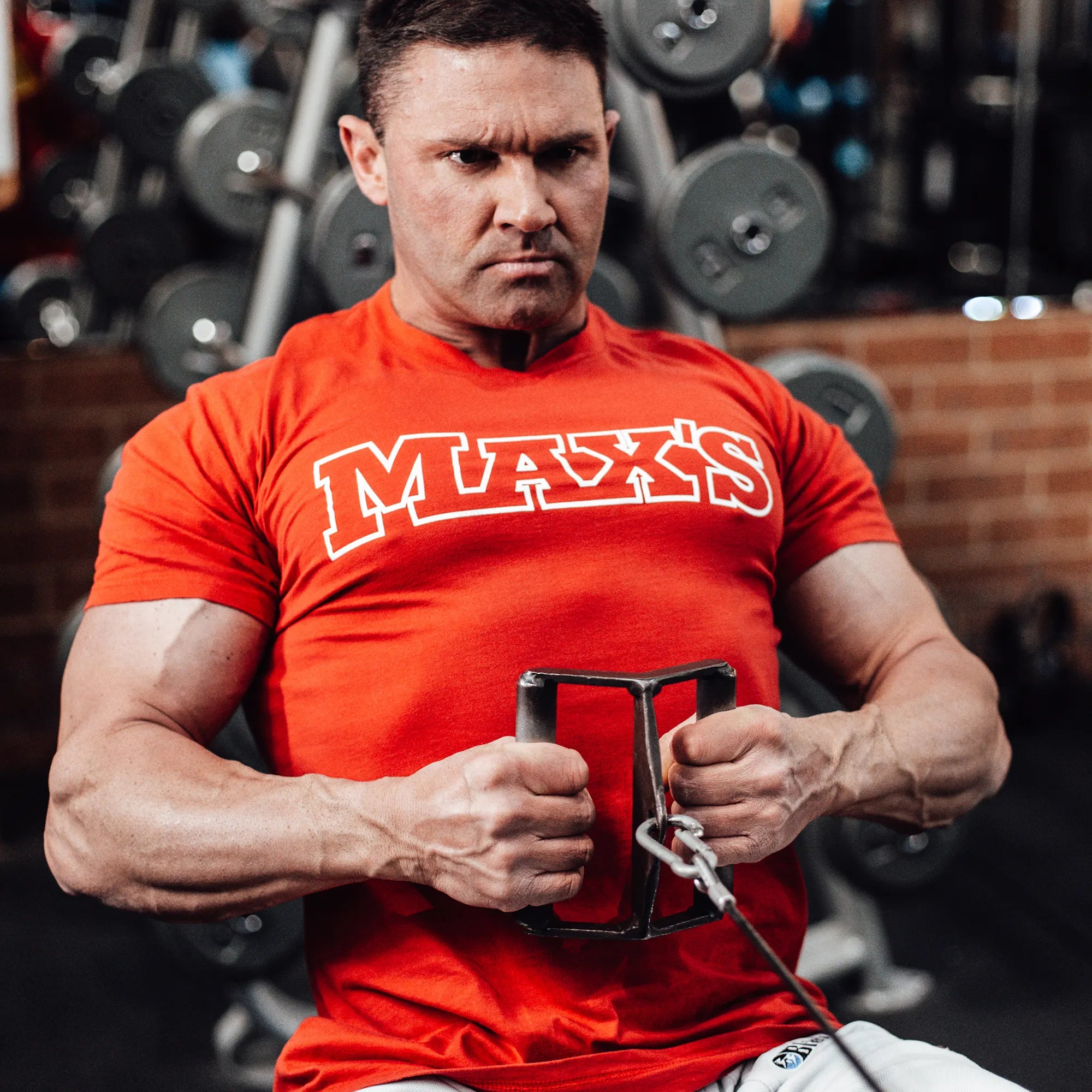
Free Mass Guide
Want to pack on serious strength and size? Our Ultimate Mass Guide will get you there.
-

Exercises You Need
We show you exactly which exercises work the best and why.
Choose Your Nutrition Goal
Before you commit to a training plan you should have a goal or an image of what you would like to look like, feel like or perhaps a weight you would like to be. Most trainers have goals like build up, build muscle, strip body fat, get a six pack. Generally these objectives can be broken down to two basic goals:
-
Strength & Size
3 Days Per Week Whole Body Routine
This is typically the goal of the younger thinner trainer or someone with a metabolism and body type that finds it hard to gain weight and build muscle. The goal here is not to add fat, but to add solid quality muscular weight. -
Lean & Ripped
3 Days Per Week Whole Body Routine
Getting lean and muscular is typically the goal of trainers who are carrying higher body fat. Your main goal should be to build or maintain muscle while stripping fat. And we'll show you exactly how to do that.
Choose Your Training Level
When starting out on any training program it’s important to start off in the right way. In this section we will run you through the basics of training. We then have 2 different options to get you started:
-
Beginner
3 Days Per Week Whole Body Routine
This program is designed for trainers who are just starting out and who haven’t done much training before. It is designed to build a strong base over several months before stepping up to a more intense training program. Use this program if you are new to training or haven’t done any weight training for 12 months or more. -
Advanced
4-6 Days Per Week Split Body Routine
Full 7 day Training Program designed by the Team MAX'S Pro AthleteThis program is designed for trainers who have already been training for a while or who have reasonable experience with weight training, what we would term as an intermediate level trainer. Use this program if you are currently weight training on a regular basis, or you have a reasonable amount of weight training experience.
Free Guide to Ultimate Growth Included
8 Tips to Ultimate Growth
-
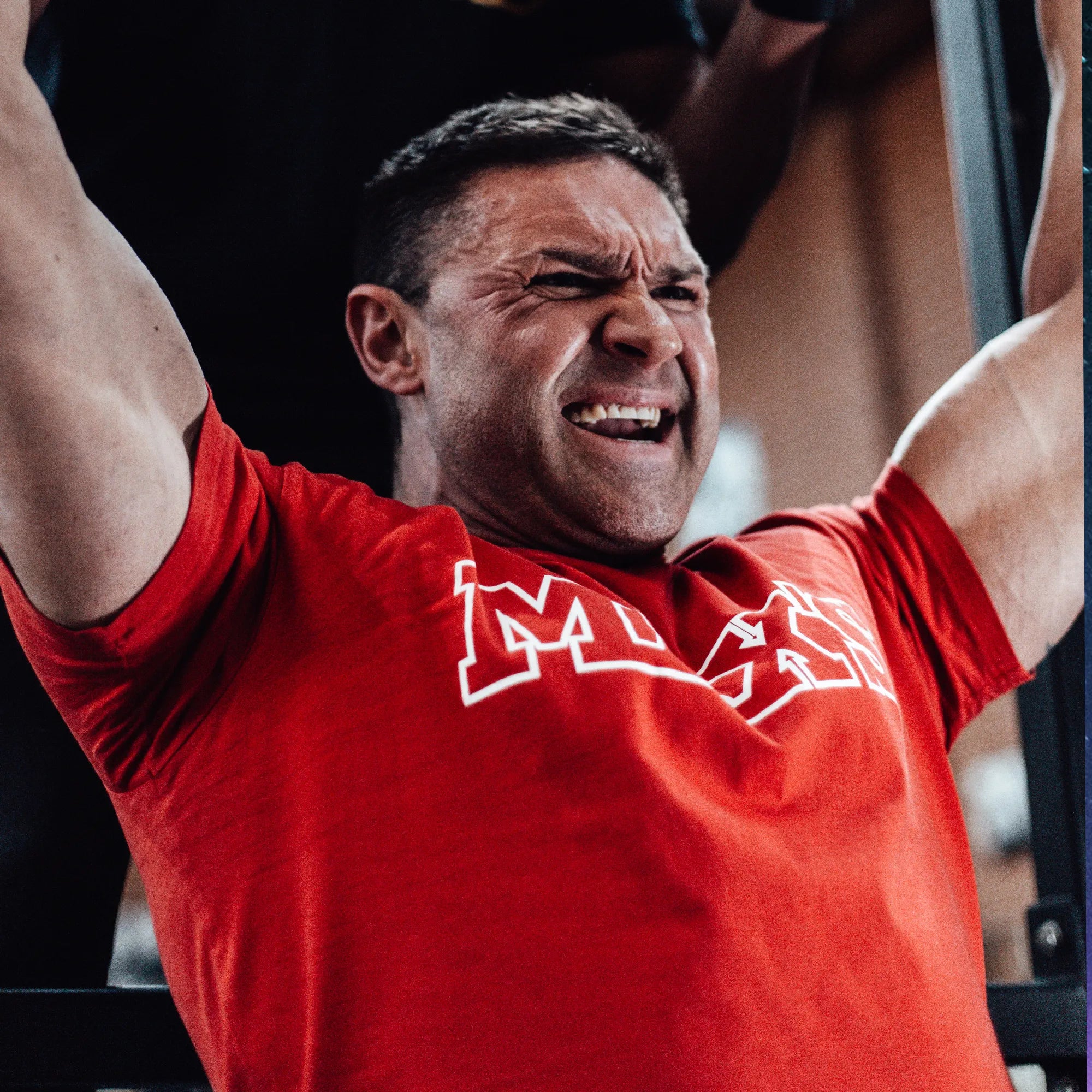
High Intensity Training
Research has demonstrated High Intensity Interval Training is a strong stimulator of growth.
-

Get More Sleep
Stages 3 and 4 of sleep, your so called Slow Wave Sleep cycle, is when you grow most.
-

Melatonin
Know what to eat and when to eat it and how much yStudies show that oral administration of melatonin can also boost growth levels by over 150% above natural levels.
-

Gaba
GABA or Gamma Aminobutyric Acid is a neurotransmitter and has been shown in a number of studies to increase Test' production by up to 400%.
-

Reduce Body Fat
Your natural Test' production is directly related to the amount of body fat you carry. If you are male and have too much belly fat you are short changing your Test' levels
-
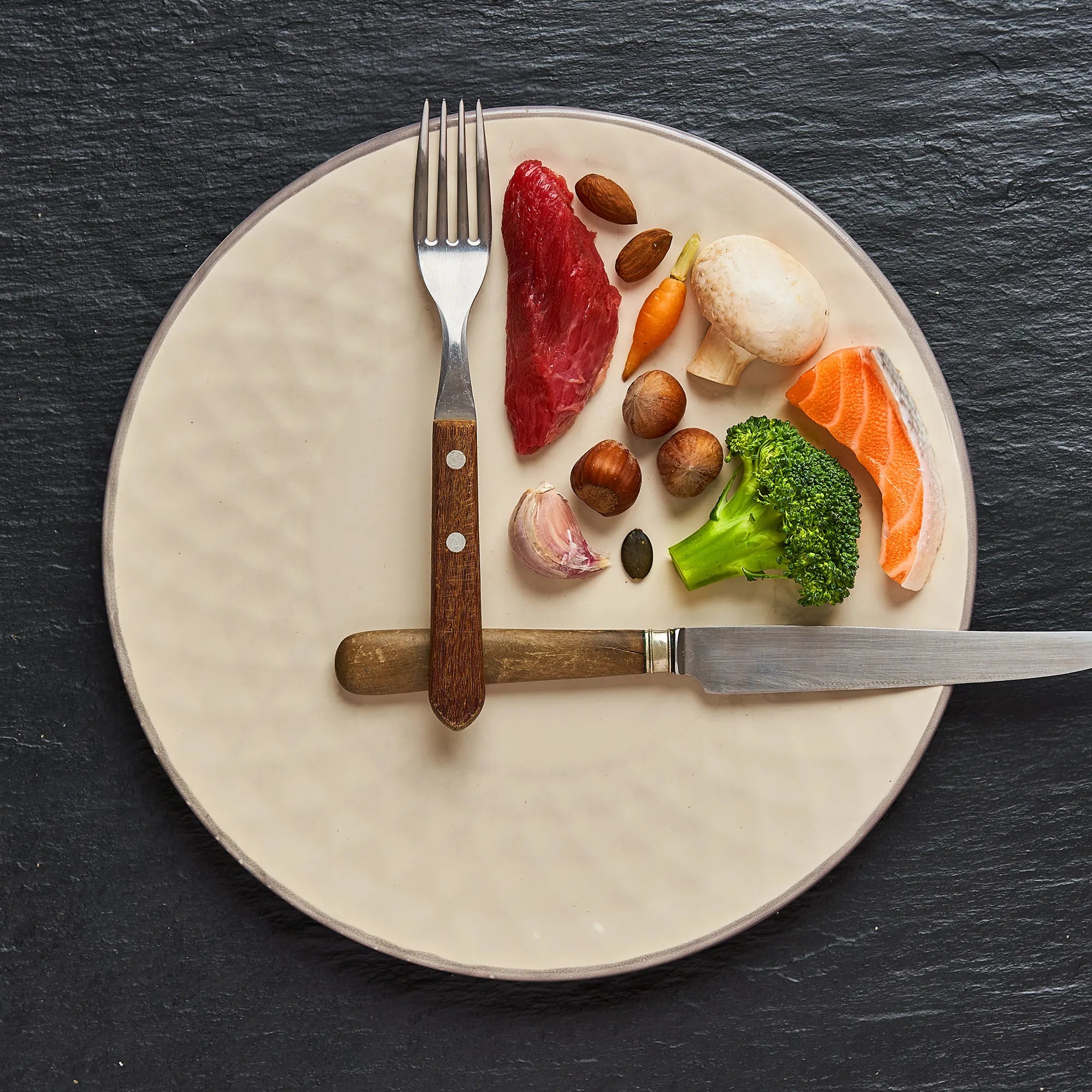
Intermittent Fasting
To help optimize growth levels the best way to try this type of diet is to simply delay your first meal of the day by several hours.
-

Lower Sugar Intake
Consuming sugars (especially fructose) within 2 hours post workout will cause your hypothalamus to release somatostatin, which will decrease your production of Test'.
-
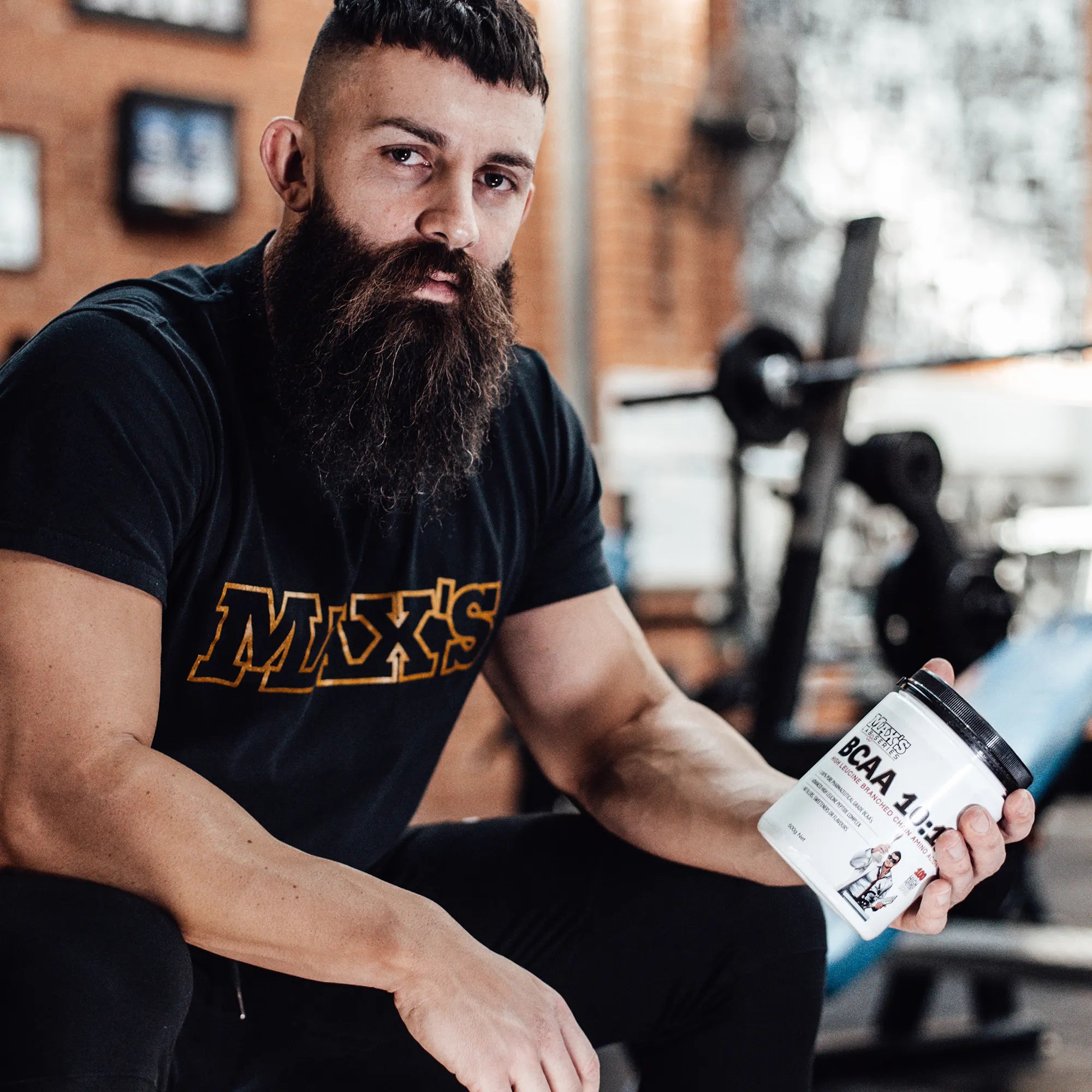
Take Your Aminos
There are a number of single amino acids or amino acid combinations that have been shown to significantly increase Test' levels.
Nutrition: Everything You Need To Know
Basics
Introduction
If you want to build a great body, your nutrition plan must be spot on. In this section of our website we are going to provide you with an overview of nutrition basics, it’s what you need to know to help you get started. We will also provide detailed meal plans for you to follow, what foods you should eat, how much, when to eat and what supplements you should take to get the best results. So let’s start by introducing you to some basic principles of nutrition to help you get the most out of your weight training.
Macronutrients
There are 3 main types of nutrient groups provided by food – proteins, carbohydrates and fats. To build a quality physique requires you to make consistently good choices to ensure you get the right amount and quality of each of these nutrient groups.
Protein
Protein is the key nutrient required for building muscle. Without enough protein in your diet you simply won’t build muscle, no matter how much training you do. Your muscles, and also many other components of your body, like skin, hair, nails, blood, even your bones, are largely made up of protein. Protein consists of complex chains of compounds called amino acids. There are 22 amino acids that make up human protein, and their order and proportion determine the characteristics of each protein. For example, muscle protein contains higher levels of the Branched Chain Amino Acids Leucine, Isoleucine and Valine than do the proteins that make up hair or nails.
Hard weight training actually damages muscle structure. Your body’s response to this overload is to repair the muscle, but to also make it thicker and stronger to cope with the added stress. Over a period of weeks, months and years regular hard training results in bigger, stronger and better functioning muscles. To constantly build new muscle your body needs substantially more protein than the average diet usually supplies.
So how much protein do you need if you are a hard training athlete? Whether you are trying to gain mass or get lean and muscular, the accepted rule of thumb is between 2.5 – 3 grams of protein per kilogram of bodyweight each day. For example, if you are an 80kg trainer with an average body fat of 15 – 20%, then you need 80 x 2.5 / 3 = 200 – 240 grams of good quality protein per day. Getting this amount of protein requires careful nutritional planning and the diet programs in this guide are designed to deliver these levels.
What are the best sources of protein? Foods like lean meats, chicken, fish and eggs are excellent sources of protein. They contain all the amino acids, in approximately the right proportions to support human muscle growth. The only downside of all these foods is they can contain significant amounts of fats, including unwanted saturated fats. So eating too much of these protein sources is not always ideal for building muscle and overall good health. Don’t get us wrong, we recommend these protein foods in our diet plans however you need to ensure you aim for the leaner cuts of meat, remove all the skin from your chicken breast, not too many egg yolks, and not use too much oils or fats when cooking your protein foods.
What about protein powders, where do they fit in? At a basic level, the key benefits of a good quality protein formula is that you get a pure high quality concentrated source of protein without the things you don’t want, especially the fat. MAX’S have formulated a highly effective range of proteins that all trainers can use to help reach their goals. For example, each serving of the MAX’S SuperShred contains around 30 grams of high quality protein, but with virtually no carbs or fat. The MAX’S range also includes nutrients that stimulate muscle recovery, muscle growth and fat burning to help maximize your results.
Carbs
Carbohydrates consist of chemical molecules that are known as sugars, like glucose or sucrose (table sugar), or many sugar molecules joined together into chains that make up starchy foods like potato and rice. These starchy foods are often referred to complex carbs.
From a nutritional perspective there carbohydrate foods that are highly nutritious and support muscle growth, while there are other carb based foods that have very little nutritional value at all and are simply empty calories.
When you are trying to gain mass and strength getting enough good quality carbs is essential. When you are training to get lean and ripped, moderating your carb intake is important but carbs are still a key element in a balanced fat stripping diet.
In most instances, your carbs should be of the complex type, sourced mainly from less processed foods. Less processed carbohydrate foods generally are slower digesting and give you an even and sustained release of energy to keep you energized all day. Foods like oats, brown rice, sweet potato, corn, beans and lentils are good sources of slower digesting carbs and should be the bulk of your carb intake. Fibrous vegetables like broccoli, cabbage, string beans, lettuce and capsicum are also important carb foods to include in your diet. They are high in fibre, low in starchy carbs and fat, but high in many types of micronutrients including vitamins, minerals and other plant chemicals that boost health and muscle growth.
Fruit, like vegetables, is another great sources of carbs and micronutrients. Some fruits are relatively high in sugar so we recommend limiting fruit intake to about 2 – 3 pieces per day on a mass gain diet and 1 piece per day on a get lean diet.
How much carb food should you consume each day? Our general guidelines are:
For a Mass Gain program we recommend about 4 – 5 grams of carbs per kg of body weight per day. For example, if you are an 80kg trainer with an average body fat of 15 – 20%, then you need 80 x 4 – 5 = 320 – 400 grams of good quality carbohydrate per day, which is quite an amount of food.
If you are training to strip fat and build lean muscle then we recommend around 1 – 2 grams of carbs per kg of body weight (1 gram for strict dieting and faster fat loss, 2 grams for more moderate and sustained loss). For the same 80kg trainer this means around 80 – 160 grams of carbs per day. Our meal plans take care of these numbers so all you have to do is follow the diet.
There are many forms of carbohydrates that you should limit or eliminate from your diet if you want to build a healthy muscular body. As a general rule, the more processed the food, the more you should avoid it. Sugar and all foods that are high in sugar like sweets, syrups, soft drinks and fruit juices should be avoided. Foods made from white flour, or a combination of white flour, sugar and fats like cakes, white bread, biscuits and many forms of snack food or fast food should be avoided. Highly processed carbs are absorbed by your body very quickly, but just as quickly are usually converted to fat and stored around your body in adipose tissue. Quite simply, a diet high in processed carbs will increase your body fat.
There is one exception to this. During a hard workout your body, particularly your trained muscles, become quite depleted in the stored carbs called glycogen that your body uses to produce energy. Immediately after your workout your muscles become hyper sensitive to nutrient uptake and will absorb proteins to repair muscle tissue and carbs to replenish energy store at many times their normal rates. This window of opportunity lasts only about 60 minutes, so we always recommend that hard trainers consume a recovery formula that contains fast acting proteins and fast absorbing simple sugars as soon as possible after their workout to maximize recovery and growth. This can be a good protein and carb formula like MAX’S Supersize, or you can simply add milk to your high protein formula (like MAX’S SuperShred) and eat some fruit like a banana.
Fats
Like proteins and carbs, fats are nutrients your body needs to maintain good health, but too much of the wrong type of fats can cause long term health issues including obesity, heart disease and contribute to a host of other medical problems. Fats can exist in a liquid form, like vegetable oils, or a solid form, like butter or the layers of fat you find on red meat. Many foods contain hidden fats, and you may only know how much fat a food contains by reading food labels. For example, many types of meat can contain up to 20% by dry weight of fat. Many cakes, biscuits, sauces, dressings and marinades can be extremely high in fats.
Like carbohydrates, there are some fats that are needed regularly by your body and need to be obtained in your diet. These fats, known as Essential Fats, are contained in foods like avocados, nuts, seeds, and some vegetable oils like olive oil and flaxseed oil. Some animal fats like fish oils also contain high levels of essential fats, including the Omega 3 and Omega 6 fatty acids. We need to be consuming a moderate amount of these foods on a daily basis to maintain good health. Essential fats are also a vital component in the structure of cell walls, so the construction of new muscle cells must have a good supply of essential fats.
There are however a range of fats that should be limited or avoided if your goal is to build a great body and maintain good health. Saturated fats, which are the types of fat you find in most animal meat, should be limited wherever possible. This means things like choosing leaner cuts of meat and chicken, trimming all visible fats where possible, removing skin from chicken cuts, and cooking with minimal amounts of oil. Other ways of avoiding the wrong types of fats include avoiding fatty and fast foods, reducing or avoiding processed foods, and looking for hidden fats that many types of foods may contain. The diet programs presented in this guide will provide about the right levels of essential fats to help meet your training and health needs.
Micronutrients
This is quite a complex subject. Micronutrients are the myriad of other nutrients your body needs and uses for a wide variety of biochemical and physiological processes. They include vitamins, minerals, antioxidants and phytonutrients (plant chemicals), just to name a few. The best way to get adequate levels of micronutrients is by consuming a diet rich in lean proteins, fruit, vegetables, whole grains and nuts. Variety is the key. Some bodybuilding diets can be quite restrictive, so we will aim to add variety in these programs to ensure you get a good supply of micronutrients. As added insurance, hard trainers should include a good quality multivitamin & mineral supplement along with a good quality antioxidant formula.
Supplements
We’ve already mentioned several MAX’S Supplement products but let’s look at supplement in a little more detail and why we recommend them. There are a wide range of bodybuilding and sports supplements available and it can be quite a confusing subject for new trainers. Do you actually need supplements, and if so, which ones? The reality is you can build a good physique if you diligently plan and follow a well-designed diet of highly nutritious foods. But the reality of modern life is that we are all busy and it’s not always easy to get all the nutrients you need to support your hard training, and that’s where supplements can help. There are different types of supplements that target various nutritional and training needs. These include protein formulas to build muscle, formulations to strip fat, supplements to give you energy and focus to train harder, supplements to help you recover faster, and supplements to boost your natural levels of hormones like testosterone and Human Growth Hormone. MAX’S makes a wide range of supplements designed for serious strength athletes and bodybuilders. If your goal is to build a strong muscular body MAX’S Supplements can help.
Goals
As we’ve already discussed, before you commit to a training plan you should have a goal or an image of what you would like to look like, feel like or perhaps a weight you would like to be. Most trainers have goals like build up, build muscle, strip body fat, get a six pack. Generally these objectives can be broken down to two basic goals:
- Mass Gain
- Get Lean and Muscular
We have put together a diet plan to support both of these goals.
Mass Gain
This is typically the goal of the younger thinner trainer or someone with a metabolism and body type that finds it hard to gain weight and build muscle. The goal here is not to add fat, but to add solid quality muscular weight. However, your goal here is not to get lean and ripped because it’s actually very hard to build significant muscular size if you are dieting to get ripped. So maintaining a moderate level of body fat is fine during this “building up” phase of your training. When you have built some decent muscle you can then think about changing your diet to strip some fat and reveal your new muscularity.
This diet plan has an emphasis on quality proteins, clean unprocessed carbohydrates and the right amounts of good fats. It is designed to help you steadily build muscle and gain size. Sticking to a well planned nutrition program and consistent hard training are the keys to success. However you need to understand that no one can continue to gain size and muscle indefinitely. There will be a natural limit beyond which it becomes very hard to keep building muscle. But the good news is that most people can add a significant amount of muscle and totally transform their body before they reach this limit.
When you are training to gain mass and strength you need to eat quite a lot of good quality food. Many trainers find it hard to consume the amount of kilojoules they need to force their body to grow. If you follow this program and find you are not gaining weight and size you will need to further increase your kilojoule intake. The best way to do this is to increase the portion size of each meal a little until you start gaining. Initially you may feel full all the time and find it hard to face up to each meal, but your system will soon get used to the extra food as your metabolism adapts.
Finally, to get the very best results you need to stick with this nutrition plan faithfully. Use the recommended protein formulas and supplements at the recommended times. Prepare your meals in advance, eat the correct quantities, don’t skip meals and don’t cheat. It’s as simple as that.
Lean and Muscular
Getting lean and muscular is typically the goal of trainers who are carrying higher than desirable level of body fat. In some cases this can be a lot, maybe 30kgs or more over their ideal weight, or perhaps you may be a more moderate amount or 5 – 10kgs above your goal weight. Your aim should be to build or maintain muscle while stripping fat. In our experience the type of food you eat, the amount you eat and when you eat are very important in helping to strip body fat while you build or maintain muscle.
Many trainers think that you need to do lots of cardio to burn off fat. However sports science tells us that a combination of hard weight training and regular cardio is the best way to stimulate your metabolism and burn maximum fat while building lean muscle. It is true that you lose weight by dieting alone, but this will not give you that lean muscular look. Sure, cardio will help you to look thinner, but dieting without weight training also results in muscle loss, so you won’t get that muscular ripped look that you see on top class physiques. The key is combining this nutrition plan with our training plans for a great result. Whatever the amount of body fat you want to lose, this nutrition program will help you sustain steady fat loss while maintaining and building muscle.
How much fat can you expect to lose if you follow this program? Depending on your training intensity and food intake, most trainers could expect to lose between 0.5 – 1.0 kg per week.















